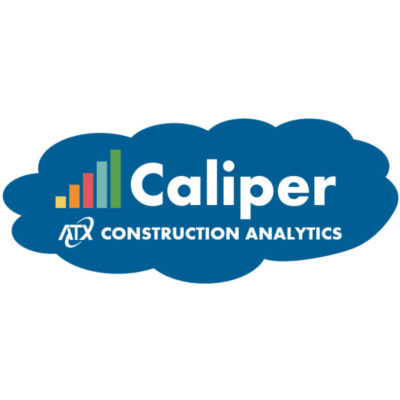When meeting with clients, I often get asked what is new in business technology or put another way, what do modern application environments have that older legacy environments don’t? And secondly, is it worth it/why does it matter? There are a few core areas, and yes, it is worth it:
Business Applications Architecture
With the improvements in cloud computing, microservices, and the prevalence of APIs in modern applications, there is a clear shift and future trend toward “best of breed” point solutions and away from “monolithic” ERPs. This will allow complex organizations to have solutions with greater/specific features and functionality and not have to settle for what is available in “the ERP”.
AI and Machine Learning
Clearly the hottest topic in technology today, business applications are incorporating Artificial Intelligence (AI) and machine learning capabilities to provide advanced analytics, predictive insights, and automation. This will enhance decision-making, optimize processes, and improve customer experiences.
Data Warehouses and Analytics
With the explosion of data, the use of cloud-based data warehouses and data visualization tools that aggregate and visualize data across all applications are increasingly common, providing benefits for decision-making and insights.
Augmented analytics leverages AI to enhance data discovery, data preparation, and insights generation. It helps users, even those without deep technical expertise, to uncover meaningful insights from data.
Workflow and Robotic Process Automation (RPA)
Workflow tools allow organizations to streamline processes by structuring and completing a series of tasks. The tasks can be automated or require human intervention and can be applied to a broad range of tasks. Process completion becomes much more streamlined and visible.
RPA involves the use of software robots or bots to automate repetitive, rule-based tasks and processes within a system or application. RPA is typically used when the process is highly repetitive and requires minimal human intervention.
The two core purposes for any technology investment are to increase processing efficiency and/or gain access to valuable data. These trends help organizations do both, which is why they are being widely adopted.
Cheers,
Brendan




